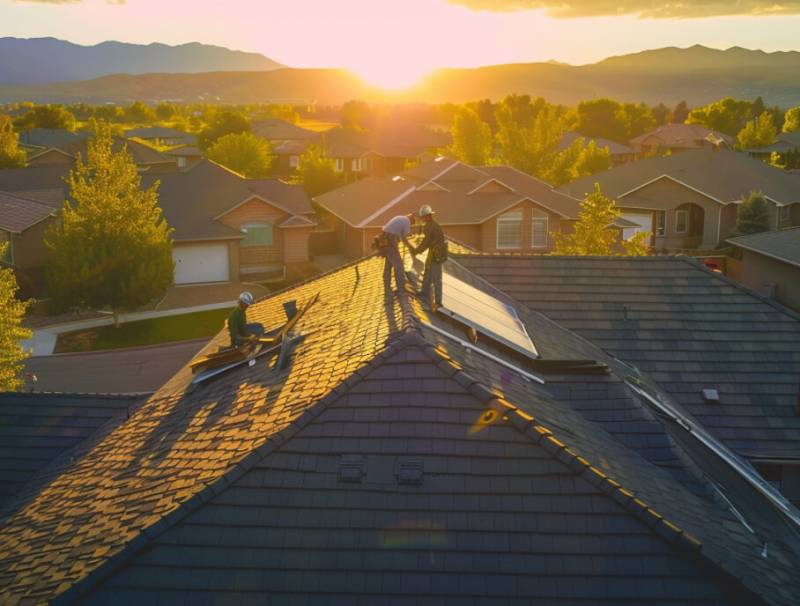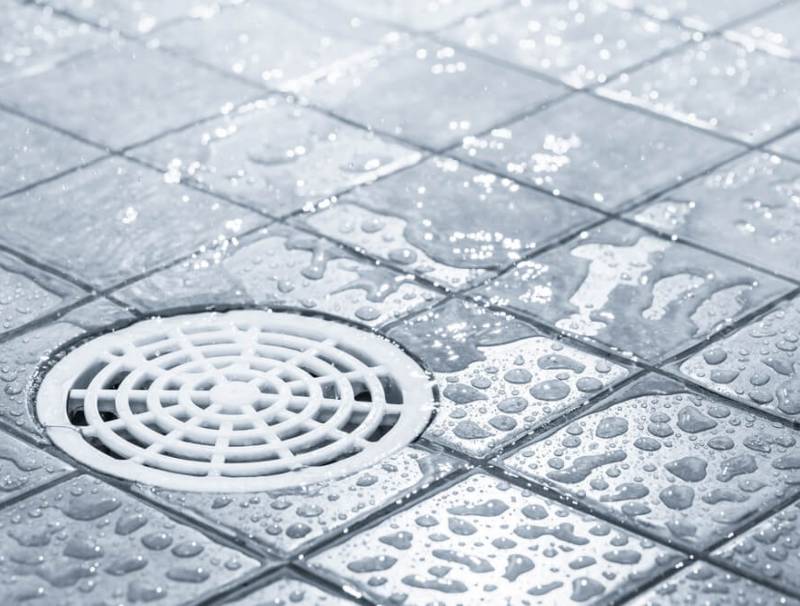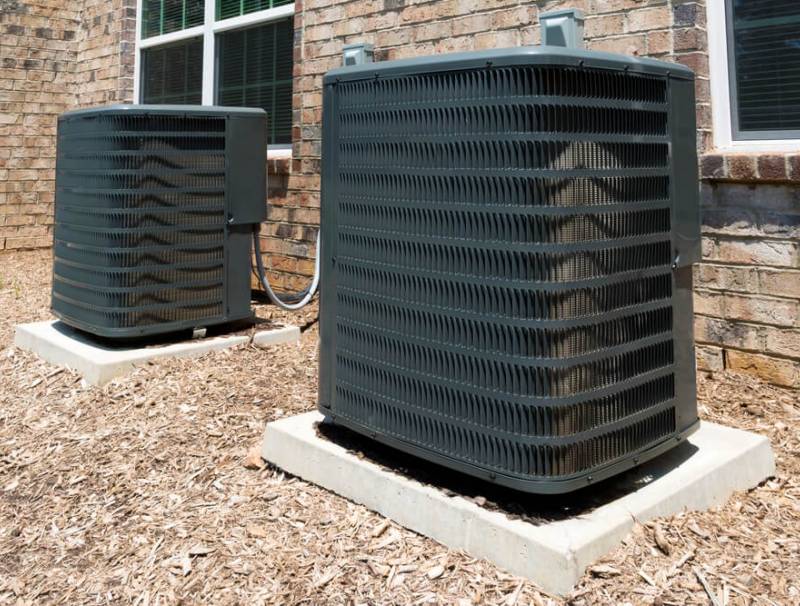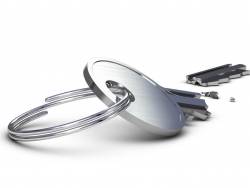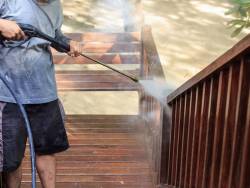How to Fix a Loose Barbed Wire Fence: A Complete Repair Guide
As a property owner, you know how crucial a good barbed wire fence is. It keeps your property safe, marks boundaries, and supports agriculture. But what if your fence starts to fall apart? Can you ignore the problem, or is it time to fix your fence?
Metro Fence, one of the top OKC fence companies, says with the right tools and methods, you can keep your fence strong and secure. This guide will show you how to fix a loose barbed wire fence. We'll cover everything from checking the fence to finishing the repair. This guide is for anyone who needs to secure their property, whether you're a farmer or a homeowner.
Understanding Your Barbed Wire Fence System
When you think about fixing your barbed wire fence, knowing its parts is key. A barbed wire fence has posts, wires, and extras like gates or corner brackets. The posts hold the fence up, and the wires keep animals in and predators out. This type of fence is vital for keeping animals safe and protecting your land.
Weather like heavy rain or strong winds can make your fence weak. Animals trying to get out or predators sneaking in can also damage it. It's important to check and fix your fence often to avoid expensive repairs.
Components of a Barbed Wire Fence
- Posts: Made of wood, metal, or plastic, they support the fence.
- Wires: These can be barbed or smooth, keeping animals and predators out.
- Additional features: Gates, corner brackets, and tensioning devices make the fence more secure.
Common Causes of Loose Fencing
Knowing why fences get loose helps you keep yours strong. Regular checks and upkeep can spot problems early. This keeps your fence secure and your animals safe.
Essential Safety Precautions for Barbed Wire Fence Repair
When fixing a barbed wire fence, your safety comes first. These fences can be dangerous, causing cuts, accidents, or falls. Always wear gloves, safety glasses, and have a first aid kit ready.
Make sure the area is clear of things and people. Lift carefully to avoid back strain. It's wise to have someone help you. Wear long sleeves and pants to avoid cuts from the wire.
- Wear protective gear, including gloves and safety glasses
- Clear the area of obstacles and bystanders
- Use proper lifting techniques to avoid straining your back
Working with steel or razor wire fences needs careful safety steps. By following these tips, you can stay safe and fix the fence well.
Required Tools and Materials for Fence Repairs
Fixing your boundary enclosure needs the right tools and materials. Whether it's a simple wire repair or a bigger issue, being ready saves time and effort.
You'll need basic hand tools like pliers, wire cutters, and hammers. These help you work with the wire fencing, making repairs easier. For more complex jobs, you'll also need specialized tools like post drivers and wire tighteners.
Essential Hand Tools
- Pliers
- Wire cutters
- Hammers
Specialized Fencing Equipment
- Post drivers
- Wire tighteners
Choosing the right materials for repairs is key. You'll need to match the type of wire fencing and the damage. This might include new wire, posts, and hardware. The right materials keep your fence secure and strong.
Assessing Damage to Your Barbed Wire Fence
It's crucial to check your barbed wire fence for damage before fixing it. Look for loose wires, broken posts, or failing parts. This helps you know which repairs are most urgent.
When you check your fence, watch for signs of wear. Look for rusted wires, broken posts, or damaged supports. Here's a checklist to help you:
- Check the wire tension to ensure it's not too loose or too tight
- Inspect the posts for damage or rot
- Look for signs of animal or weather damage
By checking your fence's damage, you can plan repairs or replacements. This keeps your fence working well. Regular checks can also stop more damage and save you money on repairs.
Step-by-Step Wire Tensioning Techniques
Getting the wire tension right is key for a barbed wire fence's success. It's vital for both agricultural fencing and keeping livestock safe. You can tighten the wire using manual or mechanical methods.
Manual Tensioning Methods
Manual tightening uses hand tools to tighten the wire. It's best for small fencing jobs. Tools like a wire tightener or a come-along work well for this.
Using Mechanical Tensioners
Mechanical tensioners are for bigger fencing projects. They make tightening the wire easier and more consistent. This ensures a strong barrier for your animals.
Testing Wire Tension
To check if the wire is tight enough, do a simple test. Look for any sagging or looseness. Adjust as needed. A well-tensioned wire keeps your fence safe and secure.
Replacing Damaged Posts and Supports
To keep your steel wire fence stable and secure, it's key to replace any damaged posts and supports. This is vital for maintaining your fence's perimeter security. It's even more important in areas with harsh weather or where intruders might try to breach it.
To replace a damaged post, start by digging out the old one. Then, dig a hole for the new post and set it in concrete. Make sure to follow the manufacturer's instructions for the post and concrete you're using.
- Dig a hole for the new post, making sure it is deep enough to provide stability
- Set the new post in the hole, using concrete to secure it in place
- Attach the steel wire fence to the new post, ensuring it is tightly secured
By following these steps and using the right materials, your steel wire fence will stay secure. Regular checks and maintenance can also help spot any damage early. This way, you can replace the damaged parts before they affect the whole fence.
Professional Barbed Wire Fence Installation Standards
Installing a barbed wire fence right is key for a secure and lasting fence. It must also follow the law. A good fence keeps your property safe from intruders and wild animals. Many people choose wire fencing because it works well and is affordable.
To make sure your fence is up to par, think about wire thickness, post spacing, and how tight it is. Here are important things to keep in mind for a professional fence job:
- Industry standards: The American Society for Testing and Materials (ASTM) has rules for installing barbed wire fences. These include wire size, coating, and strength.
- Legal rules: You must follow local laws about fence height, material, and where it goes. Not following these can lead to fines or the fence being taken down.
- Property line checks: Knowing where your property ends is crucial to avoid fights with neighbors or legal trouble. A pro surveyor can make sure your fence is in the right place.
By sticking to professional standards and considering these points, you can have a strong, lasting fence. A well-built fence protects your property for many years, giving you peace of mind.
Preventive Maintenance for Long-lasting Security Fencing
Regular maintenance is key to keeping your security fencing in top shape. This is true for both agricultural fencing and other types. By setting up a routine inspection schedule and doing seasonal maintenance, you can catch small problems before they get big.
Regular Inspection Schedule
Regular checks are essential to keep your fencing working well. Look for loose wires, damaged posts, and any wear and tear. Here's a simple checklist to follow:
- Inspect the fence line for any damage or wear
- Check the wire tension and tighten as needed
- Look for signs of rust or corrosion on metal components
Seasonal Maintenance Tips
Seasonal changes can impact your fencing. In cold weather, tighten the wire to stop sagging. In warm weather, remove any vegetation or debris that's built up. These steps will help keep your fencing in great condition and protect what's important to you.
Preventive maintenance is crucial for your fencing's longevity. By keeping up with inspections and maintenance, you can avoid expensive repairs. This ensures your fencing stays effective, whether it's for agriculture or security.
Alternative Solutions for Challenging Fence Repairs
When your barbed wire fence faces big damage, simple fixes won't cut it. You might need to look into other ways to fix it. Using a razor wire fence can add extra security and keep intruders away.
Another choice is a steel wire fence, known for its toughness. It's great for areas where fences get a lot of use or need to be very secure. Adding a steel wire fence to your repair plan makes sure your fence can handle many challenges.
- Using a razor wire fence to enhance security and deter intruders
- Incorporating a steel wire fence to add strength and durability to your repair
- Combining different materials and techniques to create a customized repair solution
Exploring these options can lead to a better, longer-lasting fix for your fence. Whether you pick a razor wire fence, a steel wire fence, or mix things up, the goal is to find the right fit for your needs. This will boost your fence's security and durability.
Securing Your Investment: Beyond the Basic Repair
Keeping your barbed wire fence in good shape is key to protecting your property. But, the work doesn't stop after the first fix. It's important to stay ahead with a solid maintenance plan and smart upgrades. This way, your fence will keep your property safe for many years.
Regular checks and seasonal care are vital for your fence's health. Make sure to check for loose wires, broken posts, and wear and tear often. Also, think about making your fence stronger by using better steel or adding secure hardware. These steps will keep your property safe and give you peace of mind.
FAQ
What are the common components of a barbed wire fence?
A barbed wire fence has posts, wires, and barbs. Posts hold the fence up. Wires make the barrier. Barbs stop animals or intruders from getting through.
What are the most common causes of loose fencing?
Weathering, animal interference, impact damage, and bad installation cause loose fencing. Strong winds, heavy snow, or grazing animals can make wires sag and posts move.
How can I identify signs of fence deterioration?
Look for sagging or broken wires, rotten or leaning posts, and missing or damaged barbs. Regular checks can catch these problems early.
What safety precautions should I take when repairing a barbed wire fence?
Wear thick gloves, long sleeves, and eye protection when fixing a fence. Make sure the area is clear and use caution with tools and wires to avoid injury.
What essential tools and materials are needed for barbed wire fence repairs?
You'll need wire cutters, pliers, post drivers, and fence stretchers. Also, have replacement wire, posts, and staples or clips ready. The right tools make repairs easier and more effective.
How do I properly tension the wires on my barbed wire fence?
Tensioning wires is key for a safe and effective fence. Use manual tools like fence stretchers or mechanical tensioners. Regularly check the tension to keep it right.
What steps are involved in replacing damaged fence posts?
To replace a post, dig out the old one, set the new post, and secure it. Proper installation keeps the fence strong and straight.
What industry standards and legal requirements should I be aware of when repairing my barbed wire fence?
Follow industry standards for installation and maintenance. Legal rules vary by area and cover height, spacing, and property lines. Meeting these standards avoids problems or disputes.
How can I implement preventive maintenance to extend the life of my barbed wire fence?
Regular checks and seasonal upkeep are crucial. Tighten wires, clear vegetation, and fix small issues early. A consistent routine keeps your fence in good shape.
What alternative solutions are available for challenging barbed wire fence repairs?
For big damage, try different wire types like high-tensile or galvanized steel. Adding features like razor wire can also enhance durability and security.





